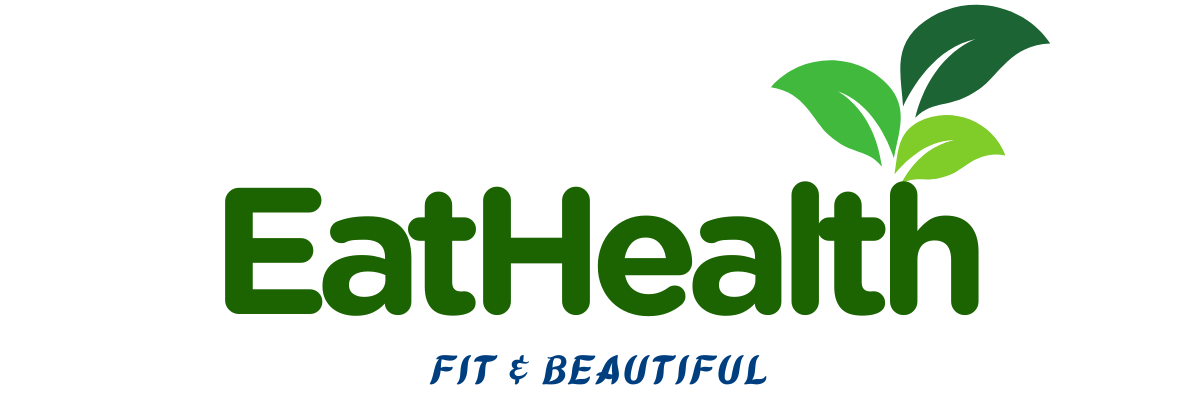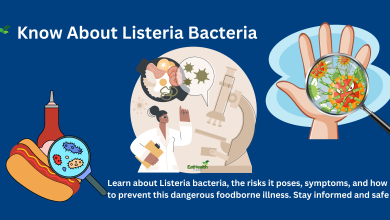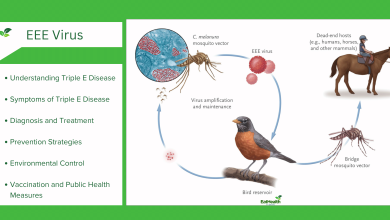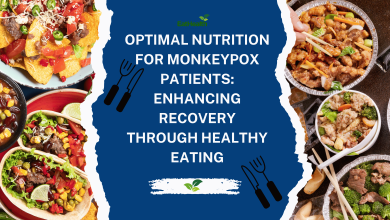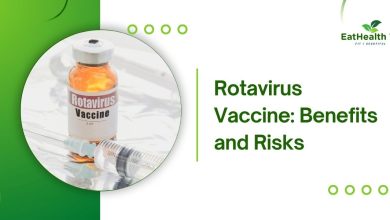Hib Vaccine: Benefits and Risks
Protecting Futures: Unveiling the Power of the Hib Vaccine
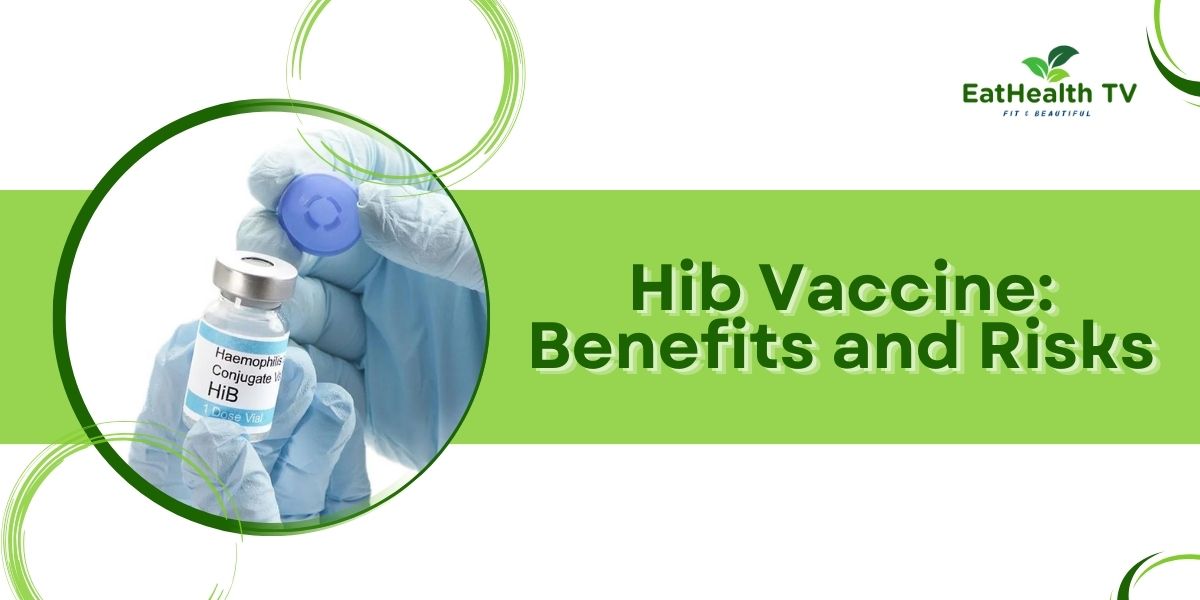
Understanding the Hib Vaccine: Benefits and Risks
In the realm of public health, vaccines stand as pivotal tools in safeguarding individuals against infectious diseases. One such vaccine, the Haemophilus influenzae type b (Hib) vaccine, has played a crucial role in reducing the incidence of severe infections caused by the bacterium Herophilus influenzae type b. This article explores the benefits and risks associated with the Hib vaccine, aiming to provide clarity from high school students to experts in the field.
What is the Hib Vaccine?
The Hib vaccine is designed to protect against infections caused by Haemophilus influenzae type b, a bacterium that can lead to serious illnesses such as meningitis, pneumonia, and sepsis, particularly in young children. Prior to the introduction of the vaccine, Hib infections were a significant cause of morbidity and mortality worldwide, especially among children under five years old. Just as we know What are The Names of Childhood Vaccinations?
Benefits of the Hib Vaccine
- Prevention of Hib Infections: The primary benefit of the Hib vaccine is its ability to prevent Hib infections, which can lead to life-threatening conditions. By stimulating the immune system to produce antibodies against the bacterium, the vaccine effectively reduces the likelihood of contracting Hib-related diseases.
- Reduction in Disease Incidence: Since the introduction of the Hib vaccine into routine childhood immunization schedules, there has been a substantial decline in the incidence of Hib-related illnesses. This includes a significant decrease in cases of meningitis, pneumonia, and other invasive diseases caused by Haemophilus influenzae type b.
- Protection of Vulnerable Populations: Infants and young children, who are most vulnerable to severe Hib infections, benefit greatly from vaccination. By immunizing these age groups, public health efforts aim to protect them during their most susceptible years.
How Does the Hib Vaccine Work?
The Hib vaccine contains a small part of the Haemophilus influenzae type b bacterium, known as the polysaccharide capsule. This component triggers the immune system to recognize and produce antibodies against the bacterium without causing the disease itself. When a vaccinated individual encounters the actual bacterium, their immune system can quickly recognize and neutralize it, preventing infection and the subsequent development of severe illnesses.
Vaccine Administration and Schedule
The Hib vaccine is typically administered to infants and young children in a series of doses to ensure optimal protection:
- Primary Series: Usually administered in three to four doses, starting at two months of age, with subsequent doses given at intervals recommended by health authorities.
- Booster Doses: Some vaccination schedules include booster doses to maintain immunity into early childhood.
Safety and Risks of the Hib Vaccine
While the Hib vaccine is generally considered safe and effective, like all medical interventions, it carries potential risks and side effects:
- Common Side Effects: Mild reactions such as redness, swelling, or tenderness at the injection site are common. These symptoms typically resolve on their own within a few days.
- Rare Side Effects: In rare cases, more serious side effects can occur, including allergic reactions. However, the occurrence of severe adverse events following Hib vaccination is extremely rare compared to the risks associated with Hib infections themselves.
- Vaccine Safety Monitoring: Health authorities continuously monitor the safety of vaccines through systems like the Vaccine Adverse Event Reporting System (VAERS) to detect any potential safety concerns promptly.
Vaccine Effectiveness and Public Health Impact
The effectiveness of the Hib vaccine in reducing the incidence of Hib-related diseases has been well-documented through epidemiological studies and surveillance data. Countries that have implemented routine Hib vaccination programs have seen dramatic declines in the burden of Hib infections, underscoring the vaccine’s role in public health.
Conclusion
In conclusion, the Hib vaccine represents a significant advancement in preventing serious infections caused by Haemophilus influenzae type b. Its benefits in reducing the incidence of Hib-related diseases far outweigh the potential risks associated with vaccination. By understanding the mechanisms of the vaccine, its safety profile, and its public health impact, stakeholders can make informed decisions regarding vaccination policies and practices.
As research continues to evolve and vaccination strategies adapt, the Hib vaccine remains a cornerstone of childhood immunization programs worldwide, ensuring that future generations are protected from the devastating consequences of Hib infections.
